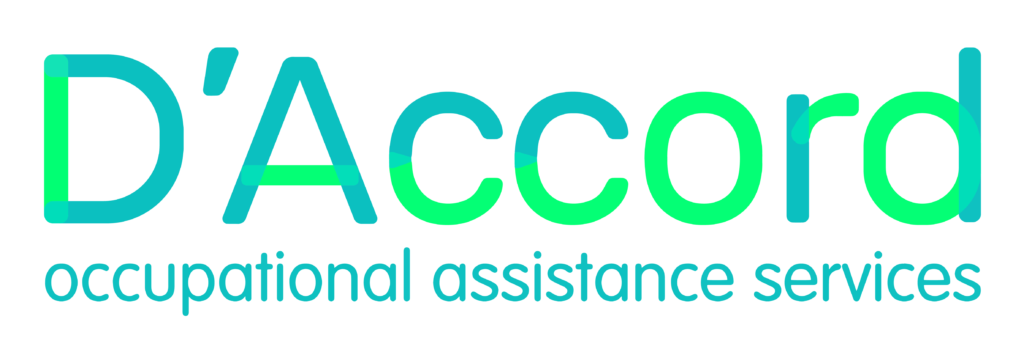You may want to avoid conflict at work, but in reality, conflict is inevitable, especially when you work in the workplace with cultural diversity. While it can often feel disruptive and stressful, it isn’t always a sign of opposing force.
If you manage it properly and, instead of avoiding it, you choose to face and solve it, conflict can lead to immense benefits. Those benefits range from stronger teams to innovative solutions, and interestingly, it is also backed by research.
A study published on the Journal of Humanities and Social Sciences concluded that organizational performance was enhanced when the organization maintained an acceptable level of conflict resolution in the work environment that helped to coordinate and control the activities of the organization.
Therefore, as a manager or decision-maker, knowing how to navigate conflict is crucial, so that you can turn it into productive outcomes. And in this article, we’ll cover the debate to what extent conflict at the workplace is normal, and how to manage conflict properly.
Conflict at Work – Is It Normal and to What Extent?

Yes, conflict is completely normal. Any group of diverse individuals working toward a common goal is bound to have differences, be it in terms of opinion, working styles, and/or priorities.
The extent to which conflict is “normal” depends on how it is handled. You can measure the normalness of conflict by looking whether it is healthy or not.
Healthy conflict involves respectful debate and focuses on solving problems. On the other flip of the coin, unhealthy conflict often engages in personal attacks and blame.
It’s important for leadership to recognize the signs of unproductive conflict and intervene. When left to fester, the stress of conflict can have significant impacts on a team’s mental health. Then, for leaders, how do they manage conflict in the workplace?
How to Manage Conflict at Work Properly?
Successfully managing conflict requires a proactive approach and a clear framework. Below are five core strategies for every manager to manage conflict at work.
1. Active Listening and Empathetic Communication

As a leader, you need to position yourself as a facilitator. The idea is that you are not supposed to give judgement to the people in conflict.
This is the first step in resolving any dispute, which is that you touch them at a human level by ensuring that both parties feel heard and understood.
Moreover, you can each person to articulate their perspective without interruption. And then, you need to model empathetic communication. To show that, you can summarise their points to confirm you have understood them correctly.
When teams feel they can express their concerns safely, they can avoid the kind of stress that can lead to a lack of focus and efficiency.
2. Focus on the Issue, Not the Individual

It is easy for conflict to become personal. When this happens, it quickly makes conflict unproductive.
As leader, your role is to redirect the conversation from personal grievances so that the people involved don’t feel attacked.
You rather direct it to the specific behaviors, actions, or processes that are at the root of the problem.
You can do this, for example, by asking, “What is the specific business problem we are trying to solve?” This way, you help the team put aside emotions and concentrate on finding a solution.
This approach is essential for any modern team that values cultural diversity and respect.
3. Emphasize Common Ground and Shared Goals

Even in the most heated disputes, there is almost always a shared objective. It could be the success of a project, the satisfaction of a client, or the overall growth of the organization.
Remind the conflicting parties of these shared goals. By aligning everyone’s focus on what they both want to achieve, you can turn their competitive energy into a collaborative force.
This can also help to build workforce mental resilience over time, as teams learn to overcome disagreements together.
4. Implement Clear Policies and Expectations
Many conflicts at work arise from ambiguity. Employees may not know who is responsible for what, what the proper communication channels are, or what behavior is acceptable.
As a leader, you have a responsibility to create and enforce clear policies. This includes defining roles and responsibilities, establishing a process for raising concerns, and setting a zero-tolerance policy for behaviors such as bullying and harassment.
5. Leverage Professional Mediation for Escalated Disputes

Sometimes, a conflict is too deep-seated or emotionally charged for a manager to resolve alone.
This is not a sign of failure but a recognition of a serious issue that requires a neutral, external perspective. Professional mediators are skilled in helping parties navigate complex disagreements and reach a mutually beneficial resolution.
Knowing when to escalate a conflict to a third party is a sign of strong leadership. For difficult or sensitive situations, such as those that can arise during periods of seasonal depression, an outside professional can be particularly helpful.
Final Thoughts
When managed effectively, workplace conflict can be a catalyst for innovation and growth. By taking a strategic and empathetic approach, focusing on the issue, fostering open communication, and setting clear boundaries, you can turn disagreements into an asset rather than a liability.
For those complex disputes that go beyond internal resolution, professional help is an invaluable resource.
For expert assistance in resolving workplace disputes and building a more harmonious environment, explore D’Accord OAS’s Mediation services today.











